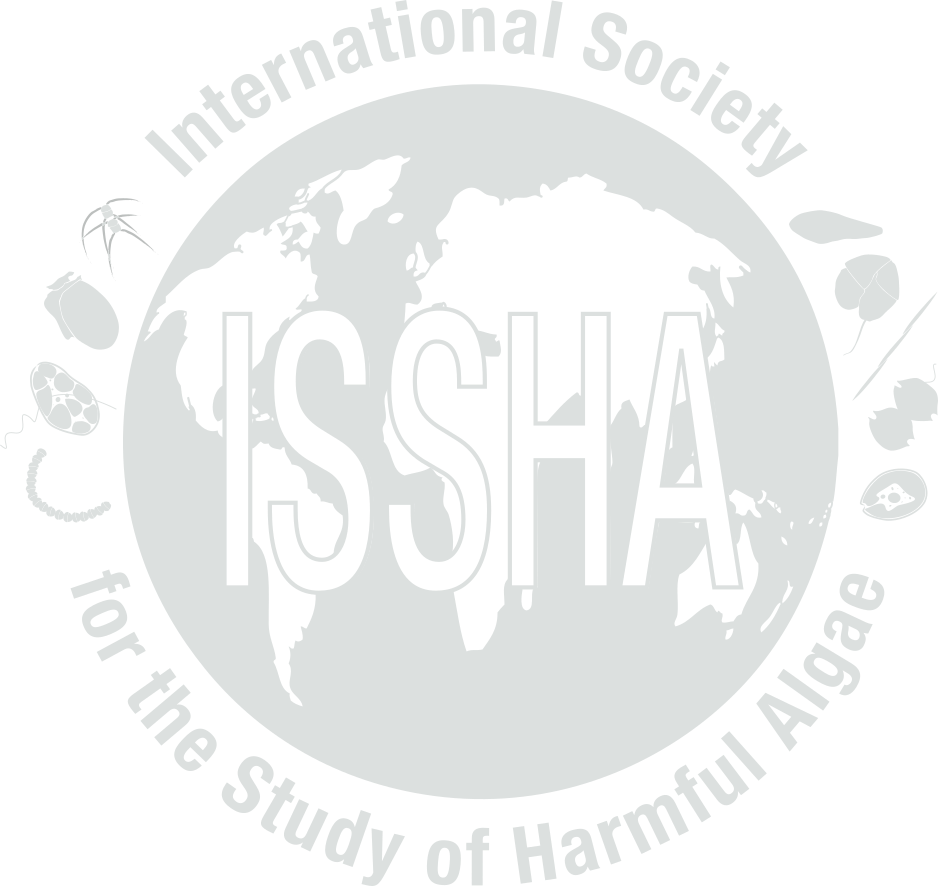


| Event name: | US-89-005 | |
| Country: | UNITED STATES | |
|
Nature of the harmful event: |
Water Discoloration | |
|
Event directly affected: |
||
| Toxicity detected: | No | |
| Associated syndrome: | ||
| Unexplained toxicity: | No | |
| Species implicated in toxin transmission (transvector): | ||
| Report the outcome of a monitoring programme: | Yes | |
| Event occurred before in this location: | Yes (Presence of N. atomus first recorded in mid 1960's; intense bloom first noted in 1985; A. anophagefferens detected in 1988.) | |
| Individuals to contact: | OLSEN, Paul | |
| Location: | Latitude: , Longitude: | |
| General location information: |
Barnegat Bay., New Jersey. HAB Area code(s): US-09 |
|
| Additional location information: | ||
| Bloom event dates (yyyy/mm/dd): | ||
| Quarantine levels dates (yyyy/mm/dd): | ||
| Additional date-related information: | Mid June - early October. | |
| Causative organism known: | Yes | |
| Causative Species/Genus: |
Nannochloris atomus
(>1,000,000 cells/L)
Dominant species. |
|
| Co-Ocurring Species/Genus: | ||
| Chlorophyll concentration, if known: | 20 to >30 µg/L Chlª. µg/l | |
| Additional bloom information: | (coccoid picoplankton) we did not analyze for Aureococcus this year, but it was detected in low numbers last year (<7.5%) | |
| Event-related bibliography: | ||
|
||||||||||||||||||||||||||
| Nutrient information: | ||||||||||||||||||||||||||
| Temperature Range During Event: | Max: °C, Min: °C | |||||||||||||||||||||||||
| Salinity Range During Event: | ||||||||||||||||||||||||||
| Bloom location in the water column: | ||||||||||||||||||||||||||
| Growth: |
In situ |
|||||||||||||||||||||||||
| Growth Comments | in situ population of N. atomus | |||||||||||||||||||||||||
| Additional Environmental information: | Water turbid; (salinity, temp., dissolved oxygen may be available from NJDEP, DSR) | |||||||||||||||||||||||||
|
|||||||
| Kit used: No | Type of kit used: | ||||||
| Additional information: | |||||||
| Economic losses: | |||||||
| Management decision: | Continue routine surveillance (NJ DEP/USEPA); A eutrophication study by NJDEP Div. of Science and Research (DSR) is underway. | ||||||
| Additional harmful effect information: | Brownish water discoloration; large mats of dead eelgrass on shores coincident with brown water; sport fish catches probably affected. | ||||||
